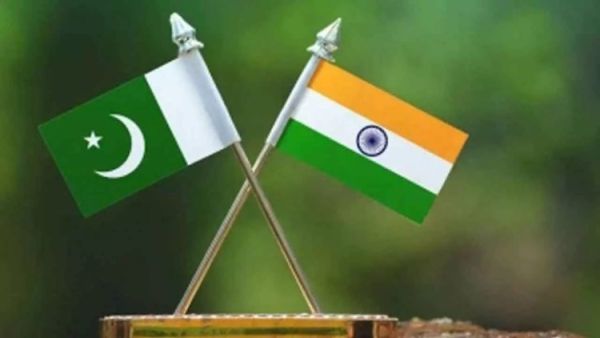
The sharp economic divide between the two nations also reflects the divergent paths that the two neighbors have been following since gaining independence from British rule, even though Pakistan has threatened to retaliate violently against India for its attack on terrorist infrastructure in the neighboring nation.

According to World Bank data for 2024, India’s economy is expanding at the fastest rate in the world. Its GDP is almost $3.88 trillion, more than ten times that of Pakistan, which has an economy of just $0.37 trillion.
According to the IMF’s World Economic Outlook report, India’s nominal GDP is expected to reach $4.187 billion in 2025, surpassing Japan and making it the fourth-largest economy in the world. India has $688 billion in foreign exchange reserves.
With its foreign exchange reserves down to $15 billion, Pakistan is on the brink of economic catastrophe and is only able to survive on IMF loans.
It’s interesting to note that, with US assistance and contributions from the oil-rich Islamic countries, Pakistan’s economy expanded at the same rate as India’s in the early years after independence.
But while democratic India continued to concentrate on economic growth and bringing its people out of poverty, Pakistan has had violent coups and military dictatorships, with army generals still making decisions and stoking animosity against its wealthier neighbor. One of the main components of this scheme is Pakistan’s training and funding of terrorists.
Due to political unrest and the long-term consequences of harboring terrorism, which has spread across the nation and resulted in violent conflicts in Balochistan and the North West Frontier Province, Pakistan is now experiencing severe economic collapse.
On the economic front, Pakistan is in a vulnerable position. In 2023, the nation was in danger of going into sovereign default and needed an IMF loan of $3 billion to save it. The nation is frantically working to secure an additional $1.3 billion loan for climate resilience since it is still heavily reliant on this financial lifeline.
Global ratings firm Moody’s stated Monday that it believes India’s macroeconomic circumstances are solid despite escalating tensions with Pakistan after the horrifying terror incident at Pahalgam that claimed the lives of 26 tourists.
However, according to the Moody’s study, a prolonged increase in tensions with India would probably have an adverse effect on Pakistan’s economy and impede its continued efforts to achieve fiscal reduction.
In the midst of increased geopolitical posturing, the report also noted that more flare-ups might make it harder to get outside funding and put more strain on Pakistan’s foreign exchange reserves, which, at just over $15 billion, are still far less than what will be needed to pay off its external debt in the years to come.
Moody’s observed that while increased defense expenditure may hinder India’s fiscal reduction, the country’s macroeconomic circumstances are steady because of robust private consumption and robust public investment.
In contrast, the research states that India’s macroeconomic circumstances will remain steady due to moderate but nonetheless robust growth, robust public investment, and robust private consumption.
Since India and Pakistan have very little economic ties (less than 0.5% of India’s total exports in 2024), we do not anticipate significant interruptions to India’s economic activities in the event of a prolonged escalation of localized tensions.